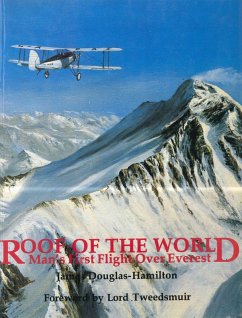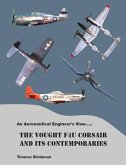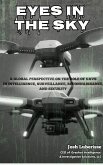The first flight over Everest was the climax of years of thought and months of intensive planning, an epoch-making event which caught the imagination of millions. News of its success reverberated throughout the British Empire to the world at large. Among the deluge of telegrams of congratulations received were those from the King and the Prime Minister. The Times of London, which had given exclusive coverage of the Expedition since its early days, carried one of its longest features ever and was excited enough to comment that the achievement was 'almost like exploring the rainbow'. Some half-a-century later that Houston-Mount Everest Expedition takes its place as one of the last great pioneering flights before the era of space travel.
Roof of the World tells the remarkable story of that flight and its repercussions, among which were the growth of the British aviation industry and the creation of the country's second international airport. Using rare and unique photographs, many taken from the flight itself and giving an idea of the qualities required of the crews, Lord James Douglas-Hamilton has recreated the scene facing the pilots, one of whom was his father. He has had access to relevant diaries and personal papers presents in Roof of the World a valuable contribution to our understanding of a unique achievement in an eventful decade.
Dieser Download kann aus rechtlichen Gründen nur mit Rechnungsadresse in A, B, BG, CY, CZ, D, DK, EW, E, FIN, F, GR, HR, H, IRL, I, LT, L, LR, M, NL, PL, P, R, S, SLO, SK ausgeliefert werden.
Hinweis: Dieser Artikel kann nur an eine deutsche Lieferadresse ausgeliefert werden.









